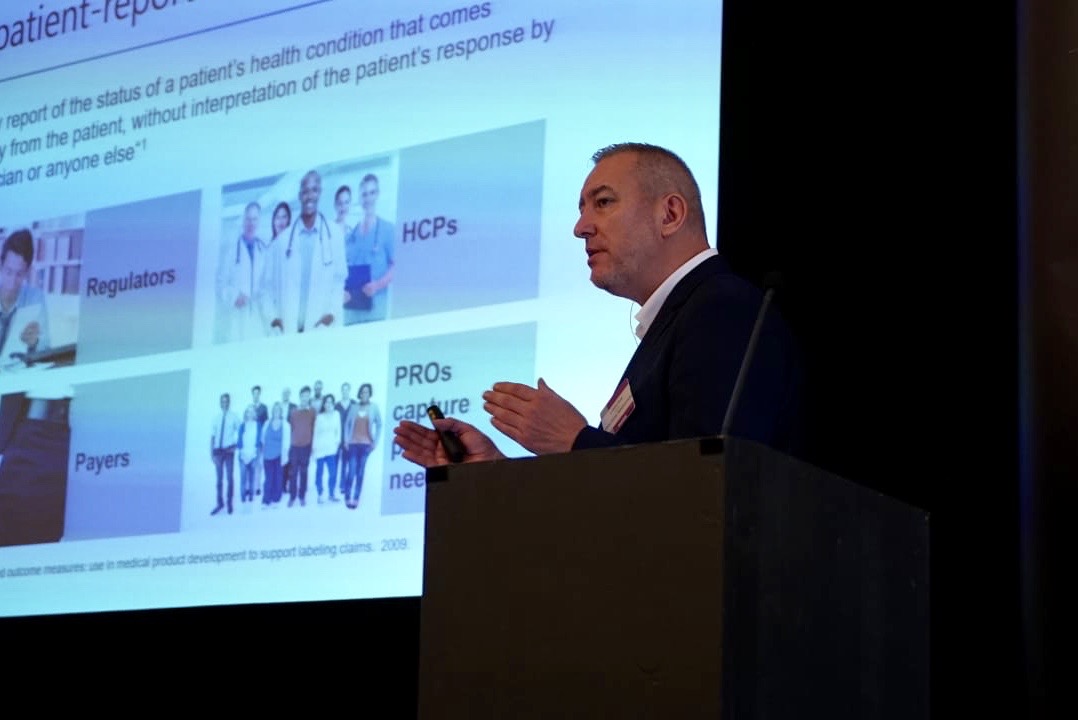Is this still a relevant target for new pain treatments: the α2δ (Alpha2Delta) Ca2+ channel?
- mark field

- Feb 21, 2020
- 3 min read
The traditional approach to analgesic development could be described as 'exceptionally challenging', with a clinical success rate of around 2% - five times lower than average. We need to find novel targets linked to pain diseases to create more precision medicines. This takes a long term approach with investment in target ID from disease understanding to ensure we develop the next wave of innovative analgesics. Although it will take some years before such an approach will reach the clinic, the chances of success will be drastically improved.
Exploring existing targets and finding enhanced ways to develop them can bridge the wait for these novel projects to come to fruition. But, finding the right target and development program will be the ‘magic’ to make this successful.
It is fascinating to see what targets are proving scientifically interesting, and there are various sources of analytics to do this.
Resurgent interest in alpha2delta
ResearchGate made me aware that out of all my research the most read article by far is ‘Structure−Activity Relationships of Pregabalin and Analogues That Target the α 2 -δ Protein’ https://www.researchgate.net/publication/7933969_Structure-Activity_Relationships_of_Pregabalin_and_Analogues_That_Target_the_a_2_-d_Protein
A quick search on PubMed (restricted to alpha2delta and pain) showed that the last two years provided the most publications on this subject.

These data show there is a resurgent interest in this mechanism.
Pregabalin hugely successful but still a flawed drug.
Pregabalin and gabapentin are the original α2δ ligands after we confirmed their mechanism of action in 2006. https://www.researchgate.net/publication/6707817_Identification_of_the_2--1_subunit_of_voltage-calcium_calcium_channels_as_a_molecular_target_for_pain_mediating_the_analgesic_actions_of_pregabalin
Pregabalin was the blockbuster successor to gabapentin launched in 2004 and achieving annual sales peaking at around $5 billion. In most countries it is either now generic or will be generic very soon. It is a hard medicine to beat. However, it has its flaws with side effects and large numbers needed to treat (NNT), and these drugs are currently facing a backlash following their over prescription in the wake of few alternative to the opioid crisis.
Microgabalin does not differentiate
Daiichi Sankyo recently launched mirogabalin (Tarlige®) for the treatment of peripheral neuropathic pain in Japan. It is the only other α2δ ligand developed to the market. Mirogabalin is a more potent α2δ ligand than pregabalin working at lower doses in the clinic. However, the clinical data show that it is less efficacious than pregabalin, not working in fibromyalgia patients and there is no clear superiority in safety. There are growing concerns on the abuse potential of gabapentinoids as highlighted recently by the FDA and with the recent rescheduling of gabapentin and pregabalin as class C drugs in the U.K. With mirogabalin being a centrally active drug working via the same mechanism of action as these drugs the same issues and concerns are likely to follow. All in all it is difficult to see how mirogabalin will demonstrate any superiority over pregabalin or not be impacted by the issues with the CNS active α2δ ligand gabapentinoids.
Where could new α2δ drugs improve on pregabalin? A few ideas…
Efficacy.
In general, you need to treat 8 patients to see 1 have a 50% reduction in their pain score. This demonstrates that despite pregabalin’s success there are many patients within the group it is recommended to be used by who have little/no benefit from the drug.
Link target to disease to create more precision medicine.
Although there is an abundance of preclinical literature examining α2δ distribution in experimental pain model there is a paucity of data in the clinic. More work to examine patient tissue may identify subpopulations who are the true responders to these drugs and create a much reduced NNT.
Reduce side effects.
Pregabalin is restricted by its side effect profile, particularly the CNS effects. There is some evidence that a peripherally restricted α2δ ligand may maintain analgesic efficacy with a much superior side effect profile. However, this is mainly preclinical work and there needs to be investment to prove this within clinical studies.
These are key topics for any drug to differentiation and there may be scope to improve on pregabalin with enhanced α2δ ligands BUT truly novel approaches are need to create the ideal precision analgesics.
.png)




.png)
Comments